Here’s a recent portrait of me.
No, really, this is the way I feel after massive cleaning, sorting, throwing out of items in preparation for some fairly substantial work to be done on my house.
This is a portrait of Mrs. Jane Ebrell when she was 87 by provincial artist John Walters of Denbigh, one of the servants at Erddig, a national trust property dating from the 18th century whose owners liked to commission servants’ portraits (and later photographs), embellished with poems. Mrs. Ebrell, a former housemaid, was hired as a Spider Catcher, possibly as a way for the family to support her in her later years. (I have been dealing with monumental spider webs.)
My thanks to the Two Nerdy History Girls who found the text of the poem:
To dignifie our Servants’ Hall
Here comes the Mother, of us all:
For seventy years, or near have passed her,
since spider-brusher to the Master;
When busied then, from room to room,
She drove the dust, with burhs, and broom
Anyd by the virtues of her mop
To all uncleanness, put a stop:
But changing her housemaiden state,
She took our coachman, for a mate;
To whom she prov’d an useful gip,
And brought us forth a second whip:
Morever, this, oft, when she spoke,
Her tongue, was midwife, to a joke,
And making many an happy hit,
Stands here recorded for a wit:
O! may she, yet some years, survive,
And breed her Grandchildren to drive!
She certainly sounds better at cleaning than me. (And to whichever member of the Yorke family of Erddig wrote the poem, don’t give up your day job.) I’ve mentioned Erddig before as it is such a rich source of servant info, but I may not have told you what an excellent cake shop it has–other food is sold there, but I ate only cake. The walls of the cake shop are hung with photos of the house as it was before restoration by the National Trust. This is Philip Yorke, the last private owner of Erddig, in the one habitable room of the house before he deeded it to the National Trust (note: no electricity!). It was a real mess with subsiding floors (built over a coal mine, something I borrowed for The Rules of Gentility), buckets scattered throughout the house to catch leaks from the roof–just horrible. Happily major restoration, funded by the Coal Board and sale of some of the land, put it to rights and it’s now one of the most popular stately homes in England.
But back to my humble home–any tips for surviving renovation? If I were in the Regency and wealthy I’d just take off to one of my other houses, leaving my faithful butler in charge. Sadly that is not the case. The best tip I’ve had so far is to eat out as much as possible and label the boxes.
And a small reminder that (1) The Malorie Phoenix is now 99 cents for kindle and (2) I’d love some amazon reviews. If you’re a legit blogger/reviewer, please contact me.

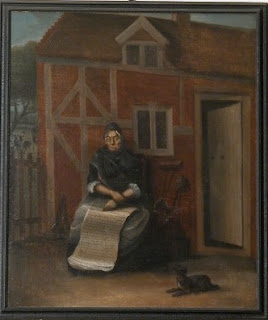


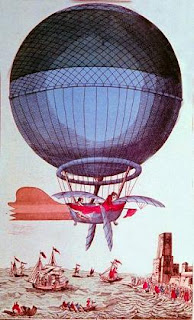




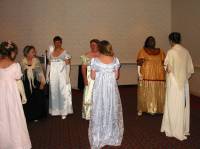

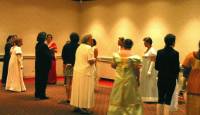
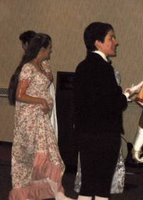
 I truly love this gown. I believe she said it was made by a seamstress in India—but my memory could be failing me. It doesn’t show well in this small picture, but it is a figured material–there are tiny blue flowers all over it.
I truly love this gown. I believe she said it was made by a seamstress in India—but my memory could be failing me. It doesn’t show well in this small picture, but it is a figured material–there are tiny blue flowers all over it.









